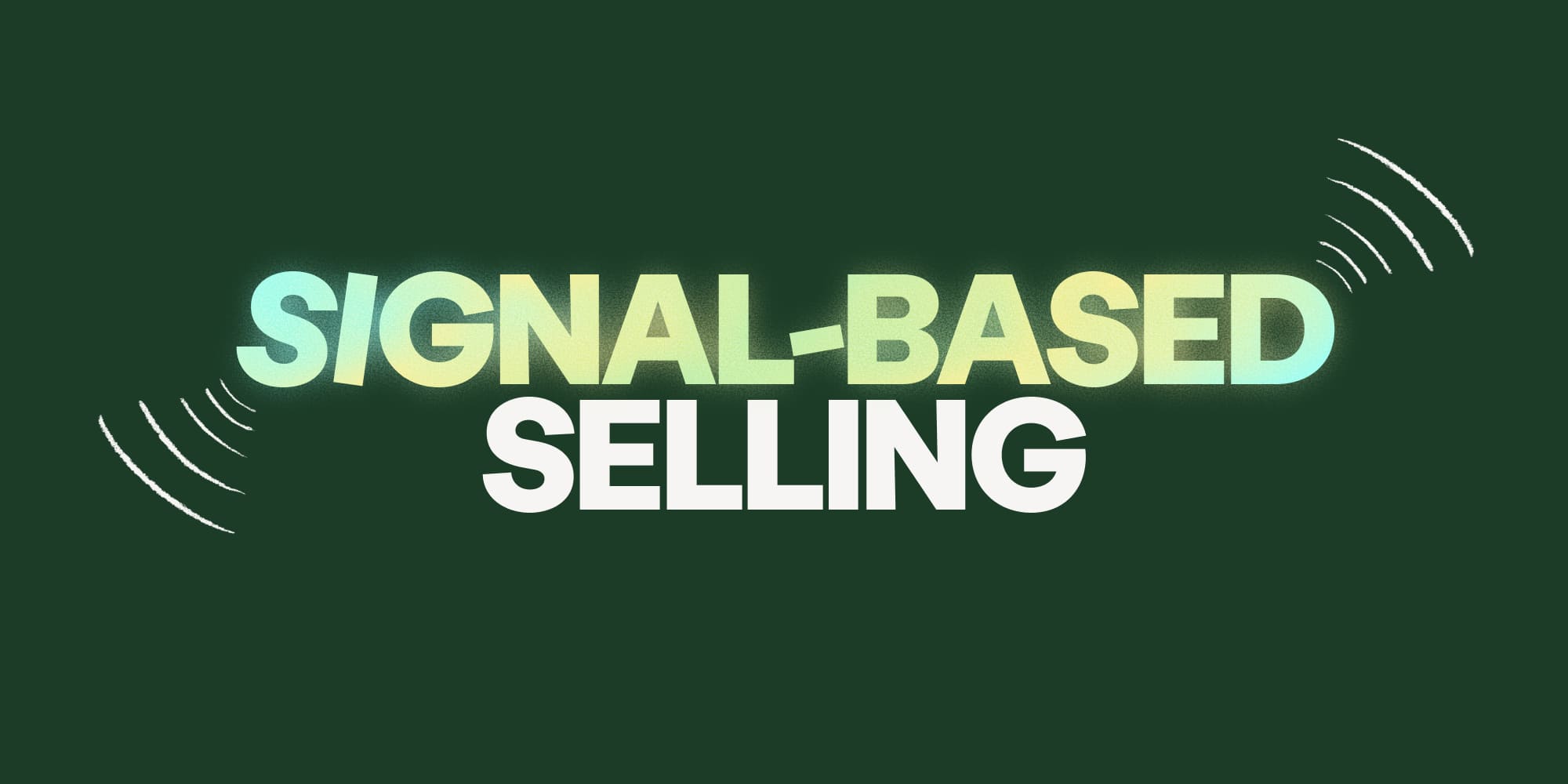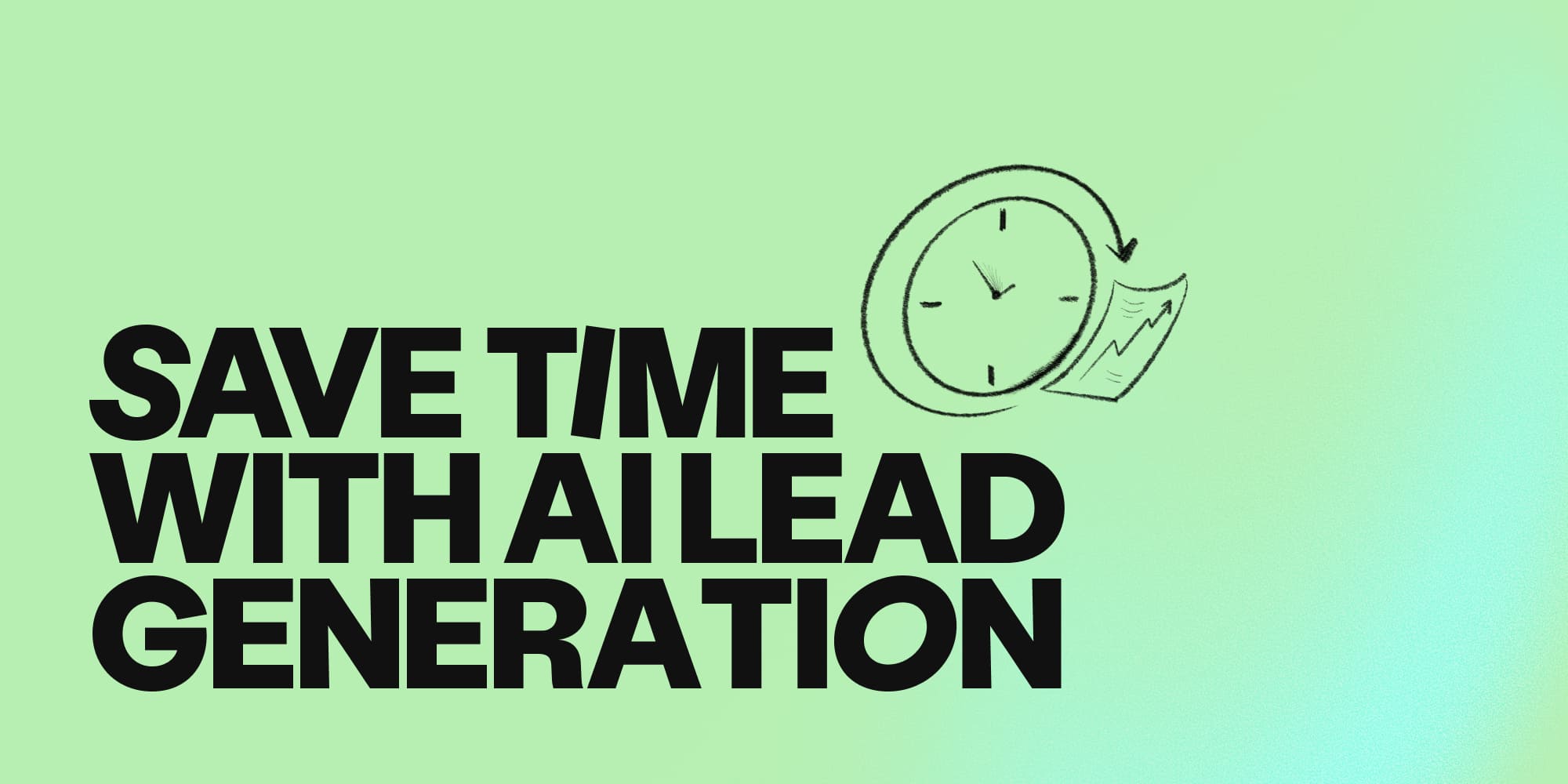How to build a sustainable and profitable sales pipeline
•
May 24, 2024
.jpg)
Learn how to build a robust sales pipeline using our simple 5-step framework that will keep your funnel flowing and your results growing.
Elevate your strategic planning to power more deals!
Your pipeline is the fundamental fuel for your revenue growth. When it runs dry or slows down, your quota attainment - not to mention your business growth - is bound to suffer!
That’s why building and maintaining a strong pipeline of leads and potential buyers is one of your top jobs as a seller.
But let’s take a step back. In this blog, we’ll walk you through everything you need to know about your sales pipeline, from what it is to how you can build sustainable pipeline, including our 5-step framework!
What is a sales pipeline?
Your sales pipeline is a visual representation that helps you track and manage potential customers as they move through different stages of the buying journey.
It’s an organized method for overseeing sales activities, detailing each prospect, deal, and revenue opportunity.
Sales pipelines are crucial for mapping out all the sales processes that could affect your bottom line.
As a sales professional, you’re juggling many tasks (from prospecting to engagement, reporting to following-up, updating your CRM etc.) so it helps to have instant and seamless visibility into buyer progress whenever you need it.
Without an organized pipeline or tracking tool, it’s all too easy for leads to get overlooked or vital buyer journey information to be lost.
What’s the difference between a sales pipeline and a sales funnel?
Your sales pipeline is not the same thing as your sales funnel.
Your sales funnel is a virtual roadmap for your prospects and describes their journey as a buyer. They pass from the top-of-funnel stages of awareness and interest to the middle-of-funnel stages of consideration and intent, down to the bottom-of-funnel stages of evaluation and final purchase.
Your sales pipeline, on the other hand, covers everything you need to do as a salesperson. Your pipeline includes everything in your sales cycle from prospecting to cold outreach, qualification to meeting, proposing, closing, and following-up.
The sales pipeline is a roadmap of revenue opportunities, where your funnel is a more general map of the buyer journey.
How to build a sales pipeline: 5-step plan
Step 1: Defining your Ideal Customer Profile
Before you start constructing your sales pipeline, you need to do some crucial groundwork: identifying your ideal customers.
Start by developing a detailed Ideal Customer Profile (ICP) by examining your current successful clients and analyzing direct competitors.
From here you can compile a list of target companies and key decision-makers who fit this profile, leveraging data tools like Amplemarket to search according to your ICP filters.
Use tools like CRM systems to keep track of all relevant information, such as company details, contact information, and interaction history.
This structured approach ensures you focus your efforts on high-potential leads.
Step 2: Prospecting and lead generation
Before potential customers can purchase your product or service, they need to know it exists. At this stage of your pipeline (the awareness stage of the sales funnel), it’s your job to identify and reach out to potential leads who fit your ideal buyer profile.
Prospecting encompasses activities like sending outbound emails, making cold calls, engaging through LinkedIn, asking for referrals to relevant decision-makers, and anything else that helps you build a list of relevant potential prospects.
From a marketing standpoint, this is referred to as lead generation. Marketers will seek to generate inbound leads by encouraging website form sign-ups, demo requests, etc.
Attracting more potential leads helps mitigate the risks associated with lost sales, so having a robust prospecting pipeline is critical for making sure you’re never lacking in opportunities.
Step 3: Qualifying leads and opportunities
Unfortunately, not every prospect you find in step 2 will convert into a customer.
Qualification is vital for distinguishing between high-potential and low-potential leads so you can prioritize your efforts around your best opportunities.
At this stage of your pipeline, you’ll screen each prospect to check whether they have the appropriate budget, relevant pain points, decision-making authority, and readiness to purchase.
Sales reps can uncover this information by asking thorough discovery questions to find out more about leads’ needs, expectations, and readiness-to-buy.
It also helps to make sure these reps are ready to handle early objections; this could help turn initially lukewarm leads into promising opportunities!
Step 4: Nurturing leads through the sales funnel
The key to closing more deals and closing them faster is to start building strong relationships with your customers as early as possible.
Essentially, you should look to employ a customer-centric approach throughout your sales pipeline stages to progressively build trust and rapport with each interaction. That means being responsive, helpful, and not too pushy, looking to solve problems rather than flog your solution.
By listening effectively, offering tailored content, sharing your company's mission, personalizing each engagement, and addressing feedback, reps can develop strong connections that lead to higher conversion rates.
Regular follow-ups through emails, demo calls, and meetings are essential to keep leads progressing through the sales funnel.
Step 5: Closing deals and managing relationships
Closing a deal isn’t as simple as it sounds! This stage involves everything from presenting detailed proposals to negotiating terms, handling final objections, and reaching mutually agreeable solutions.
This stage can be intricate and time-consuming - but it’s critical for finalizing sales.
After negotiations are finalized, it's time to close the deal, which may involve signing contracts or completing transactions.
If you don’t win the deal, you should dissect your prospect’s journey for clues on how you might strengthen your pipeline in future. For instance, there might be areas where you could provide extra support or improve your objection handling for similar buyers. If possible, ask for feedback from your prospects to see if they felt anything was lacking on your side.
Still, not every deal is yours to win! Remember that sometimes things are out of your control, so just count every buying journey as a learning experience.
Beyond the traditional sales pipeline
Post-sale, it's important to continue managing the customer relationship to ensure satisfaction and encourage repeat business.
Make sure you follow through on implementation, resolve any issues, and explore opportunities for upselling or cross-selling.
Even if you’re handing over the account to your Customer Success team, your customer will value you checking in on their onboarding and implementation because it will make your buyer/seller relationship feel less transactional.
Always look for opportunities to add value - whether it’s with a new solution, a helpful piece of content, or just an informal chat!
Pipeline-powering tools
Scaling your pipeline becomes a breeze when you have the right tools and infrastructure in place. Look for a sales enablement tool that enables you to find and engage your target audience with pin-point precision and to monitor their responses to your outreach; with this integrated with your CRM, you’ll have seamless visibility over all your pipeline processes and performance metrics.
Amplemarket is the perfect pipeline-powering tool for sellers looking to supercharge their prospecting and engagement productivity! Sign up for a demo today to see it in action.
FAQs
What exactly is a sales pipeline, and why is it important for businesses?
A sales pipeline is a visual representation that helps track and manage potential customers as they move through different stages of the buying journey. It is important because it organizes sales activities, ensures leads are properly managed, and helps identify areas for improvement in the sales process.
How can I determine the stages of my company's sales pipeline?
To determine the stages of your sales pipeline, map out your sales process from initial contact to deal closure. Common stages include prospecting, lead qualification, proposal, negotiation, and closing, but these can be customized to fit your specific sales cycle.
What are the key benefits of having a well-defined sales pipeline?
A well-defined sales pipeline provides clear visibility into the sales process, helps prioritize leads, improves efficiency, and enables better forecasting. It also allows sales teams to identify bottlenecks and optimize their efforts to increase conversion rates.
What are some common challenges in building and managing a sales pipeline?
Common challenges include accurately qualifying leads, maintaining consistent follow-ups, managing data within a CRM, and addressing objections effectively. Overcoming these challenges requires a structured approach, regular training, and the right tools to support sales activities.
How do I effectively prioritize and manage leads within my sales pipeline?
Effectively prioritize leads by using lead scoring techniques, which assign points based on engagement levels and potential fit. Manage leads by regularly updating your CRM, setting reminders for follow-ups, and focusing on high-potential opportunities.
Subscribe to Amplemarket Blog
Sales tips, email resources, marketing content, and more.










